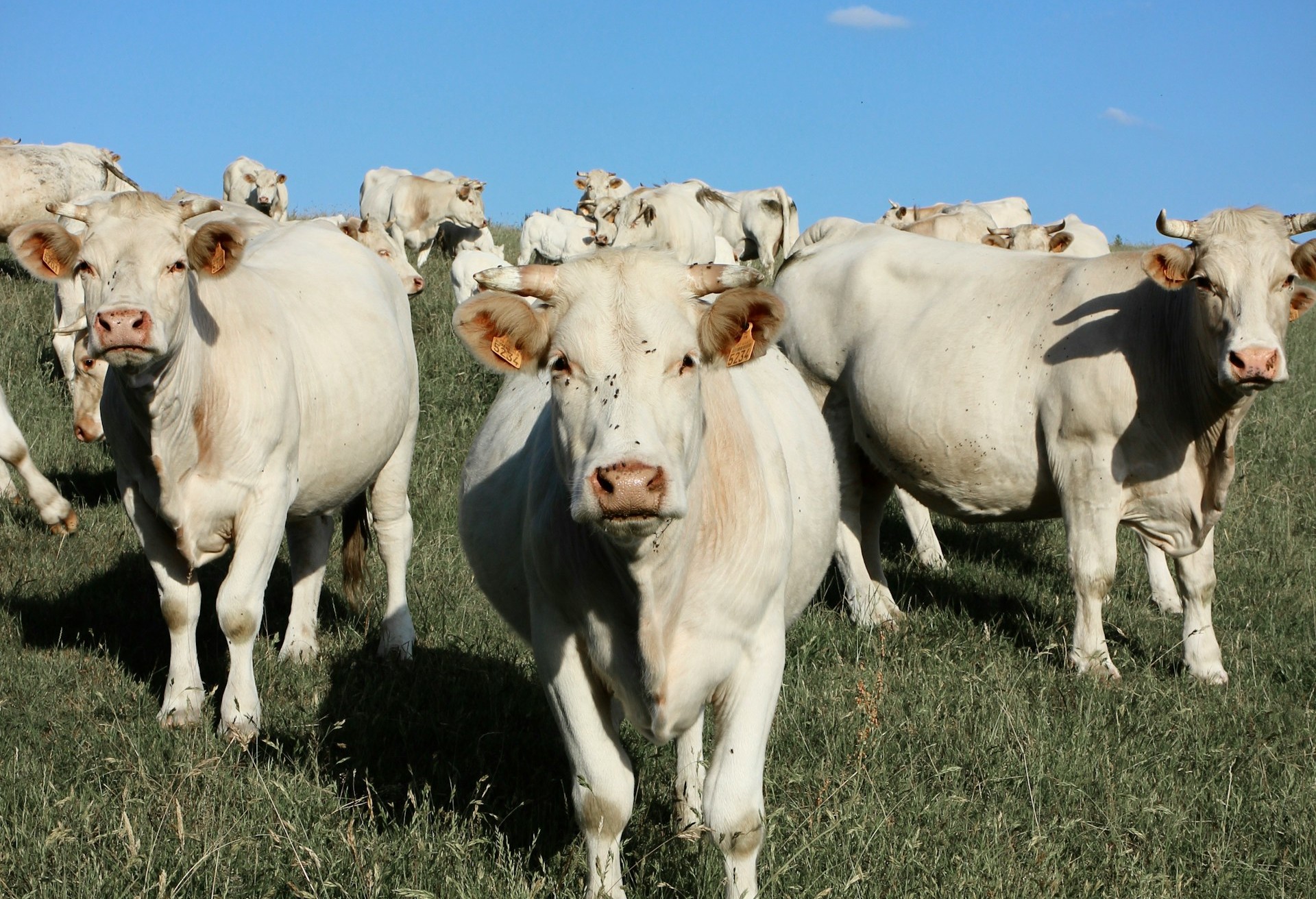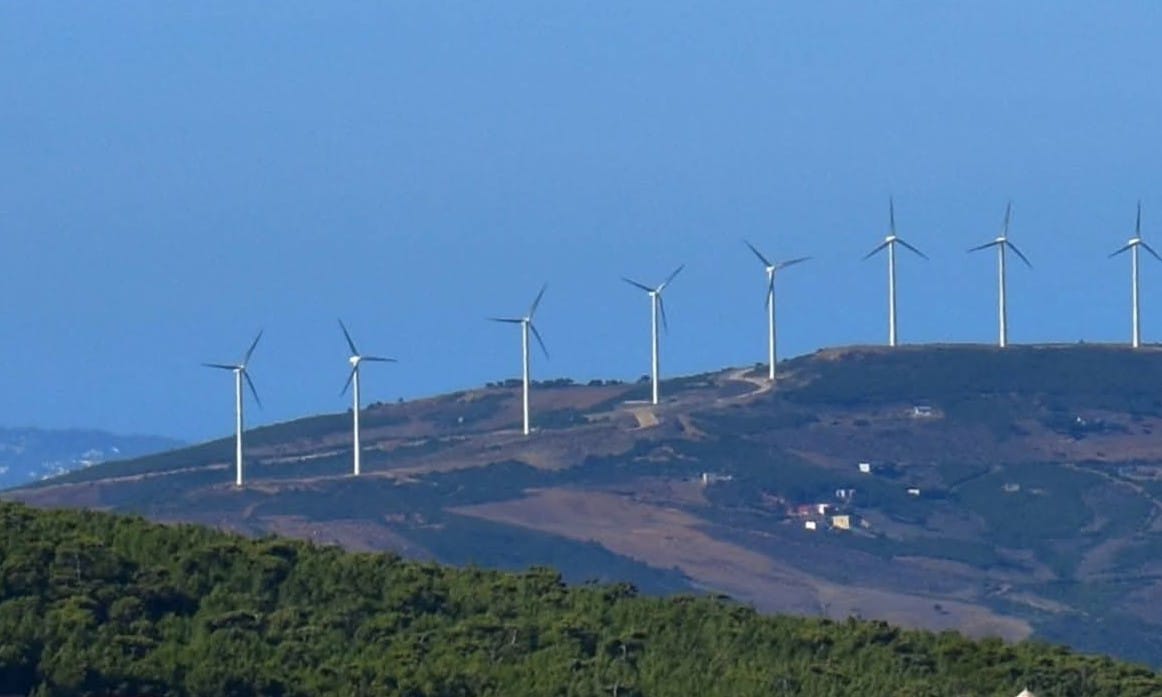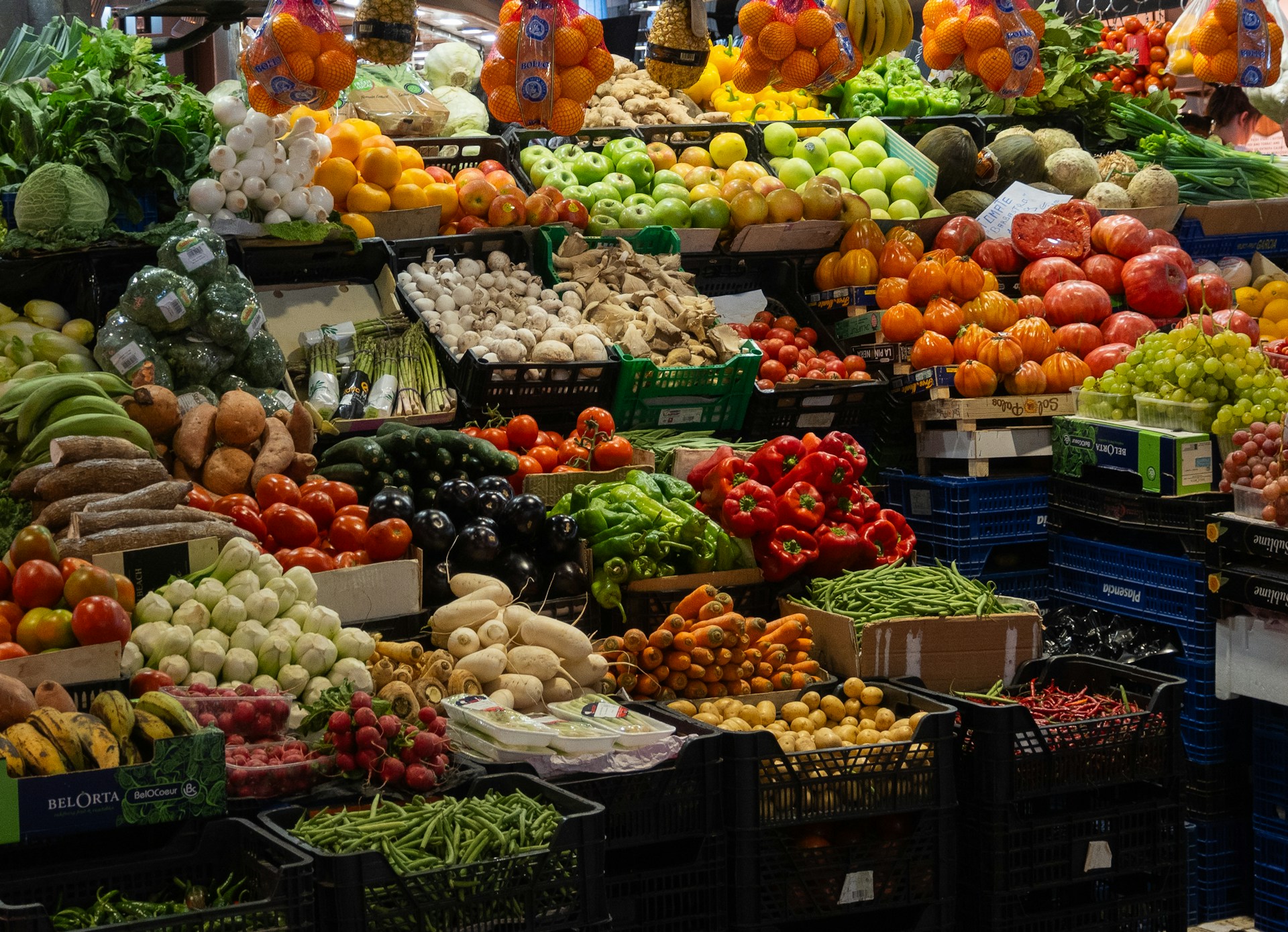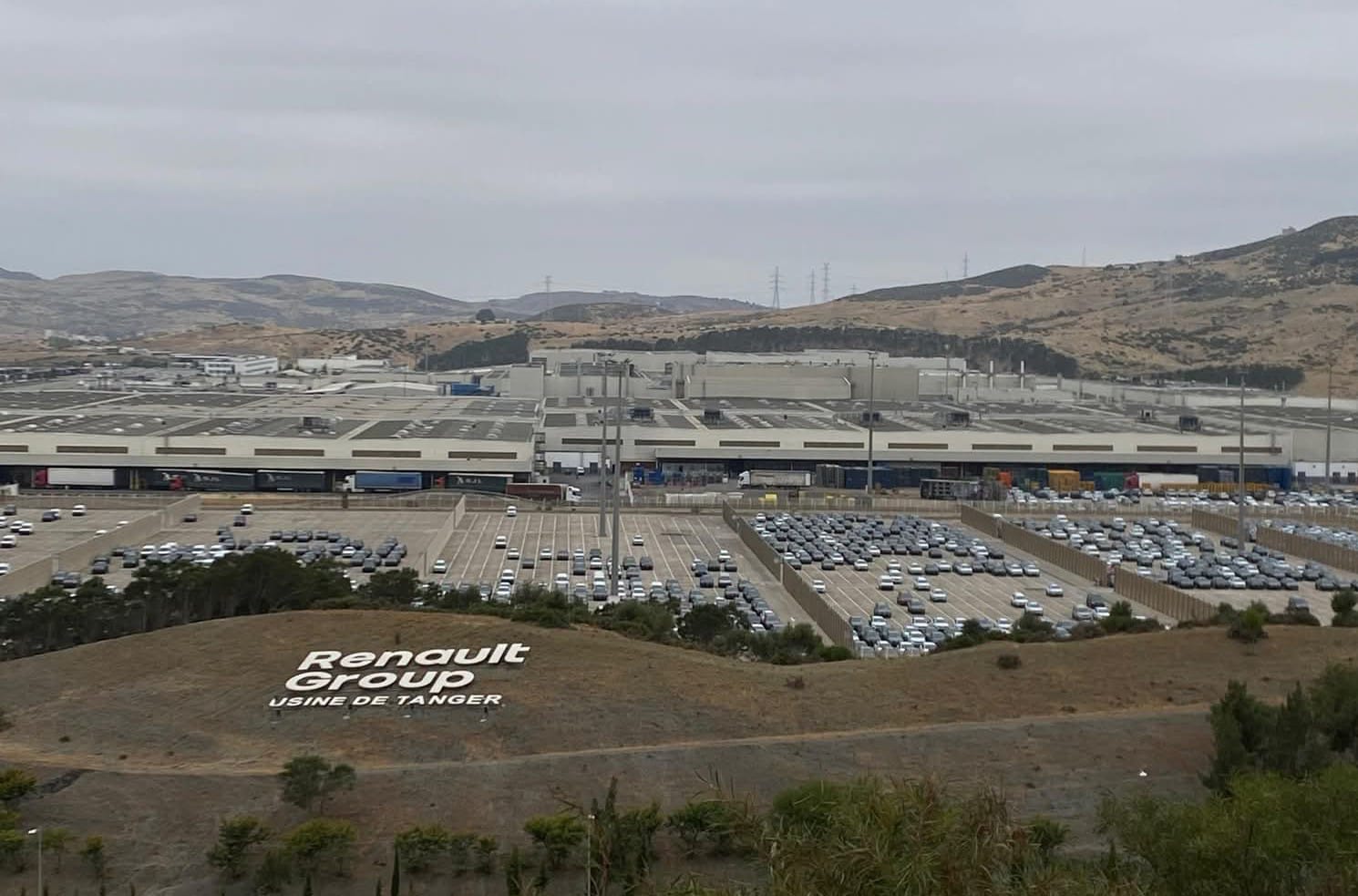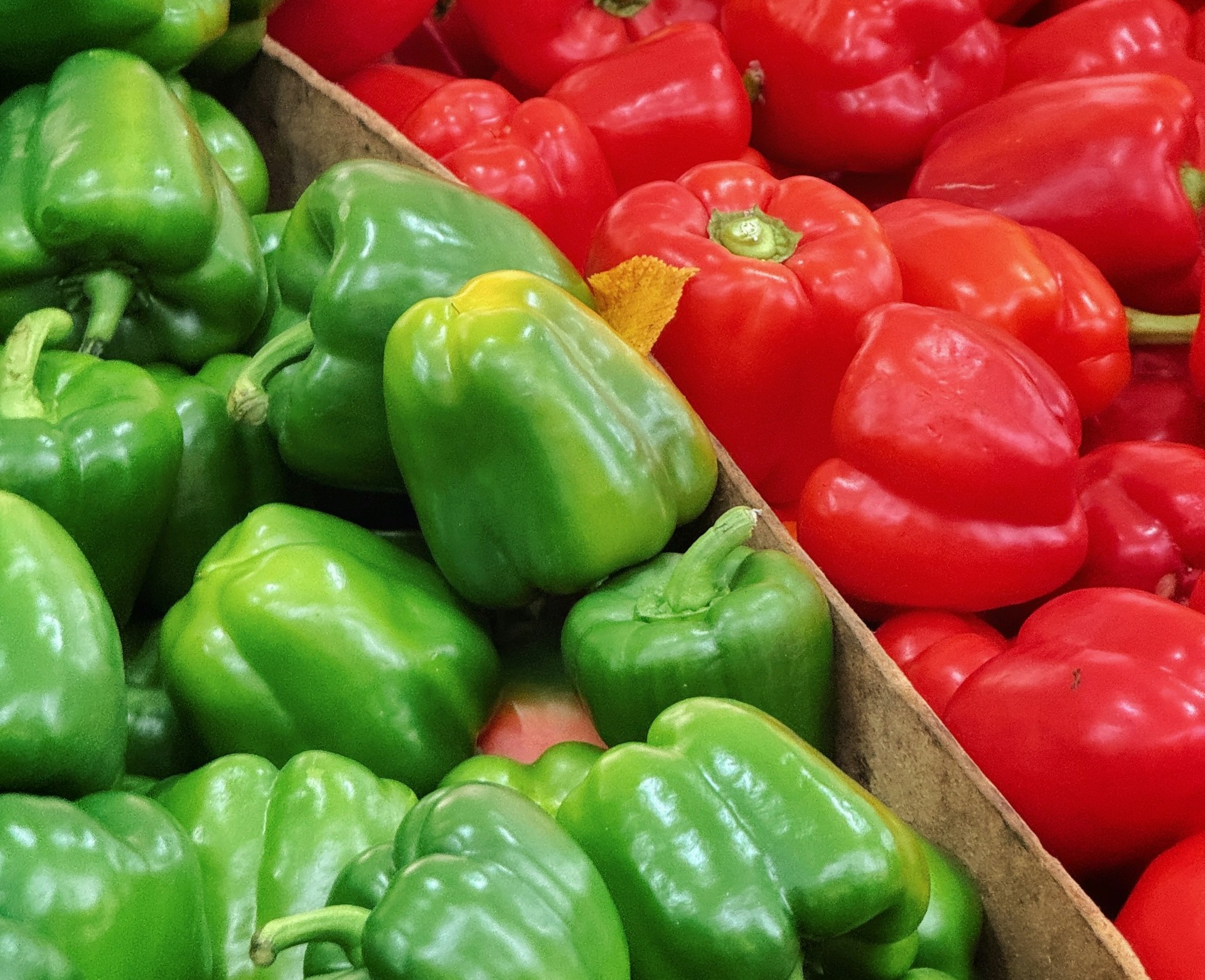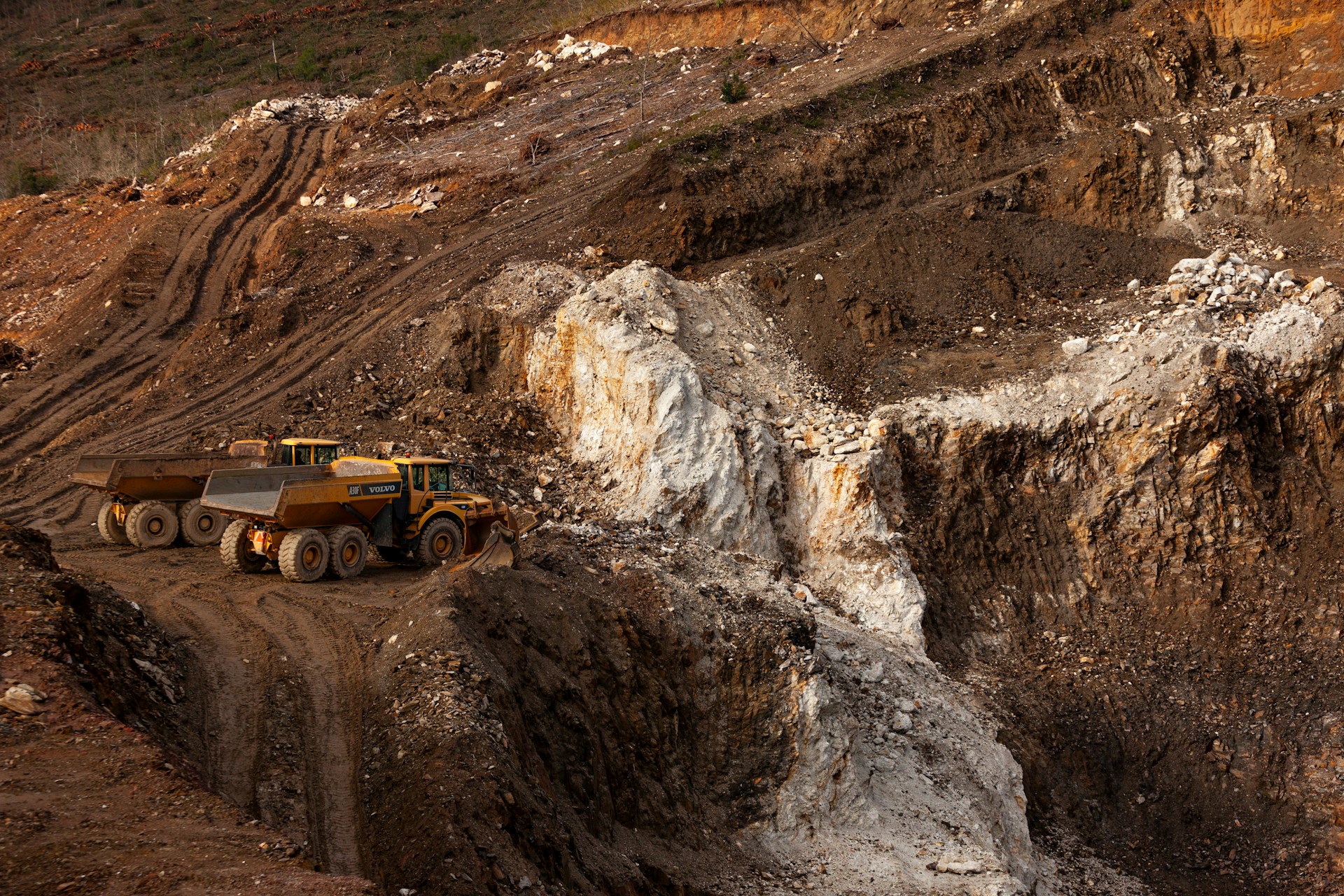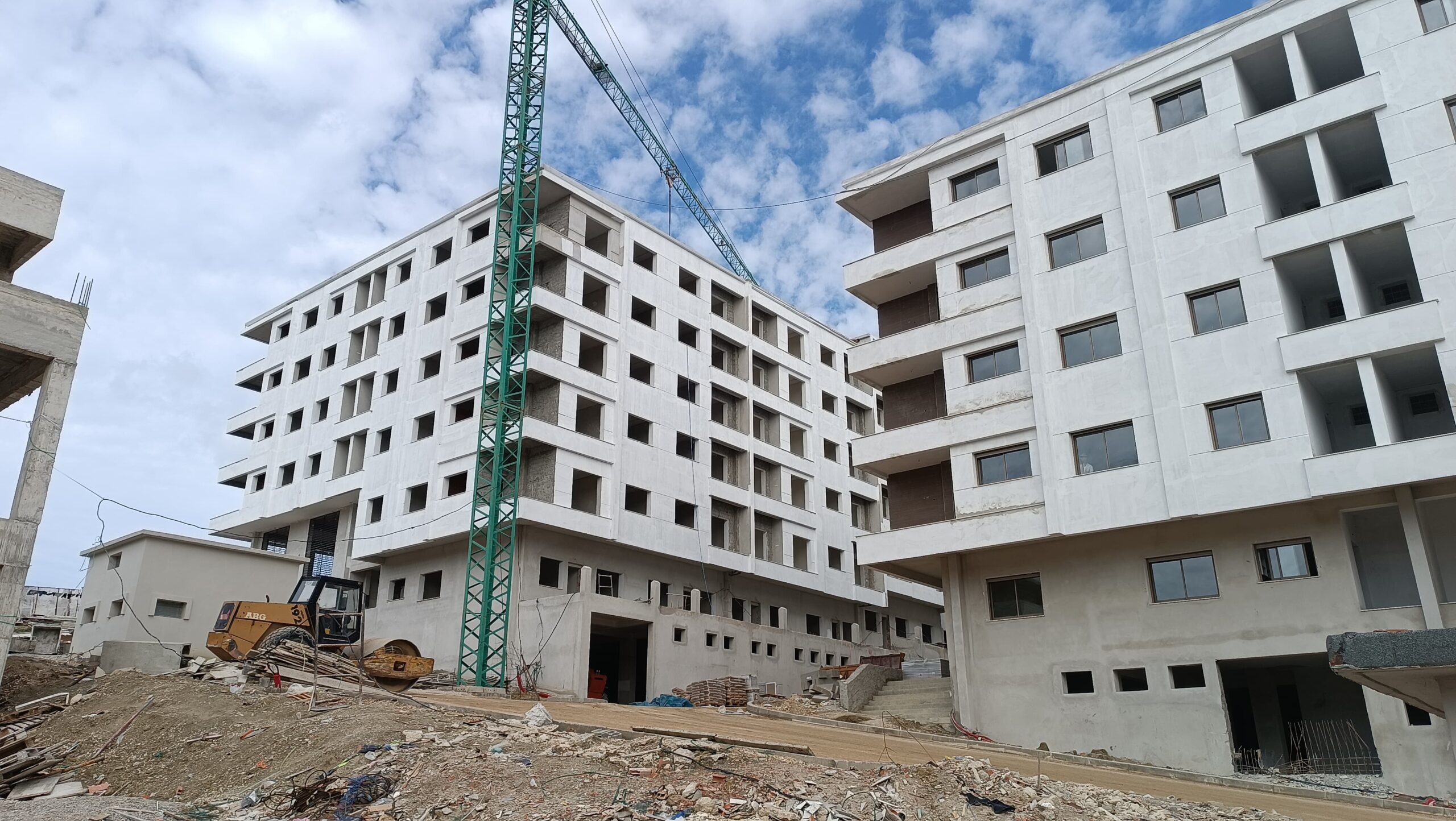Casablanca – Morocco is entering 2025 on a wave of renewed optimism, with international forecasts pointing to stronger growth ahead. The Organisation for Economic Co-operation and Development (OECD) projects that the Kingdom’s economy will expand by 3.8% in both 2025 and 2026, supported mainly by the revival of the agricultural sector after two years of severe drought.
Agriculture at the core of growth
The OECD’s latest Economic Outlook underscores the central role of farming in Morocco’s economic trajectory. The droughts of 2023 and 2024 dealt a heavy blow to production, especially in key export crops such as citrus, vegetables, and berries. However, improved climatic conditions in 2024–2025 have allowed for a broad recovery, positioning agriculture once again as a primary growth driver.
Specialized agricultural platform EastFruit notes that better weather created a more favorable environment for farming, leading to a rebound in output and exports. This turnaround has been most visible in vegetables and fruits, sectors where Morocco has built a strong reputation in international markets.
Record-breaking export performance
Figures from the 2024–2025 season illustrate the scale of the recovery. Cucumber exports reached 27,700 tons, setting a new national record. Asparagus followed with a remarkable 47% year-on-year increase, demonstrating how diversification within the sector is paying off.
Citrus fruits, particularly mandarins, also recorded significant gains. Exports totaled 436,000 tons, up 13% compared with the previous season. Meanwhile, small berries — especially raspberries — continued to strengthen their position in foreign markets. Shipments to the Middle East and Gulf countries rose steadily, highlighting growing demand for Morocco’s soft fruits in regions outside of Europe.
Expanding market reach
Traditionally, the European Union has been Morocco’s main customer for fresh produce, but the trade landscape is shifting. Exports are gradually diversifying, with the Middle East becoming a fast-growing destination. This diversification reduces reliance on a single market while enhancing Morocco’s resilience to trade fluctuations.
Agricultural analysts stress that Morocco’s competitive edge lies not only in its climate but also in accumulated expertise and modernized supply chains. Over the past decade, the country has invested heavily in logistics platforms, cold storage facilities, and port infrastructure, which has enabled farmers to reach markets quickly and maintain product quality.
Strategic role in global food supply
The strong rebound in exports is not just a boost to Morocco’s domestic economy; it also carries broader implications. As global food demand rises, Morocco’s ability to provide reliable supplies of fruits and vegetables positions it as a key player in international food security. The OECD report notes that this role is likely to grow, given the combination of favorable natural conditions and continuous modernization of agricultural practices.
Morocco’s performance in 2024–2025 demonstrates that the country can play a strategic role in bridging supply gaps, particularly for markets in Europe and the Middle East, which depend on fresh imports year-round. With global trade routes under pressure from disruptions and climate change threatening yields in other regions, Morocco’s resilience in the sector provides an increasingly vital contribution.
Challenges ahead
Despite the positive momentum, risks remain. Chronic water stress and recurring droughts have become structural challenges for the agricultural sector. While improved rainfall in 2024–2025 has driven the recovery, long-term sustainability will require efficient water management, expanded use of irrigation technologies, and crop diversification to reduce vulnerability.
Government strategies have emphasized the importance of innovation and climate adaptation in agriculture. Initiatives such as drip irrigation systems, renewable energy integration in farming, and investment in research on drought-resistant crops are expected to become increasingly central to sustaining growth.
Outlook
Taken together, the OECD’s projections and the record-breaking export figures reflect a turning point for Morocco’s economy. Agriculture remains the backbone of rural employment and a significant contributor to national GDP. The sector’s rebound has already delivered measurable gains in trade, foreign exchange earnings, and international positioning.
Looking ahead, Morocco is likely to maintain its dual focus: consolidating its role as a major supplier of fresh fruits and vegetables to Europe and the Middle East, while exploring new markets to further diversify its customer base. With climate pressures intensifying worldwide, the Kingdom’s combination of natural endowments, agronomic expertise, and modern logistics infrastructure may allow it to strengthen its place as a strategic hub for global food supply.
For now, the message from both international institutions and trade data is clear: Morocco’s economic recovery in 2025 will be built firmly on the foundations of its agriculture — a sector that continues to prove its capacity to adapt, rebound, and deliver.

